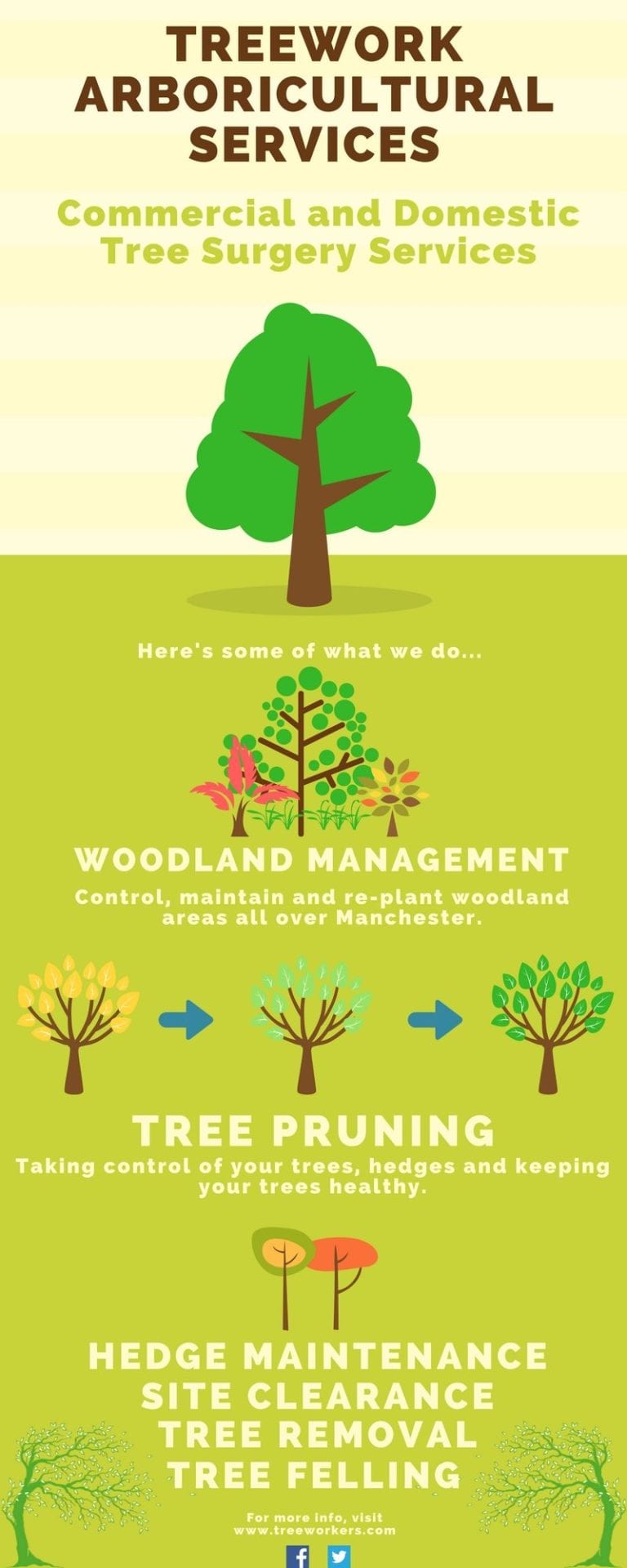Signs It's Time For Tree Removal: Just How To Recognize Hazardous Trees
Signs It's Time For Tree Removal: Just How To Recognize Hazardous Trees
Blog Article
Uploaded By-McDonald Hubbard
When it concerns tree treatment, acknowledging the indicators that it's time for elimination is essential for your security and building. You might discover tarnished fallen leaves, wilting branches, or weird fungal growths indicating health problems. Architectural issues, like a significant lean or fractures in the trunk, can likewise position dangers. Understanding these warning signs can assist you make educated decisions about your trees and protect against prospective threats prowling in your backyard. What should you look for next?
Indications of Degeneration and Condition
When you see indications of degeneration and disease in your trees, it's critical to act rapidly. Seek blemished fallen leaves, wilting branches, or unusual growths like fungi. These can suggest that your tree is battling.
If you see splits in the bark or soft, mushy timber, these signs and symptoms suggest interior degeneration. Additionally, an unexpected boost in insects around your tree can signal that it's weakened and susceptible.
Look for https://www.google.com/maps/uv?pb=!1s0x87695392e3f6d517%3A0xc91102aef5ddf5d8!5sPrecision%20Timber%20Felling!15sCgIgARICEAE&authuser=2&imagekey=!1e10!2sAF1QipMXfqdPZiKnY0oS9gOZPvKUhLJka02-ZcuEPUTq or passing away limbs, as they present a danger to your home and security. If https://www.forbes.com/sites/houzz/2017/06/16/how-to-make-the-most-of-your-side-yard/ regarding what you see, consulting an arborist can give clarity.
Attending to these indicators early can save you from extra comprehensive damages and make sure the health of your yard. Do not wait till it's too late.
Structural Instability and Leaning
As you observe your trees, watch out for any signs of architectural instability or leaning. If a tree leans substantially, it might indicate that the origin system is endangered.
Search for any fractures in the trunk or dirt around the base; these can signify prospective failing. Furthermore, look for uncommon growth patterns, like an unbalanced crown, which might recommend that the tree is battling to hold itself upright.
If you observe that the tree leans toward your home, power lines, or other structures, it positions a higher threat. Don't ignore these signs-- consult an arborist to evaluate the situation.
Doing something about it early can stop expensive damages and guarantee your safety.
Dead or Dying Branches and Foliage
If you see dead or dying branches and vegetation on your tree, it's a clear indicator that something's wrong.
These unhealthy areas can show underlying problems like illness, parasite infestations, or environmental stress and anxiety. When branches shed their fallen leaves or turn brown, they're no longer adding to the tree's health. Ignoring these signs can cause more decrease, making your tree much more dangerous.
Dead branches can easily break short throughout tornados, posing a risk to home and individuals close by. It's important to examine the extent of the damages.
If the trouble influences a significant part of the tree, take into consideration getting in touch with a professional. They can assist figure out if elimination is needed to make certain security and keep the beauty of your landscape.
Conclusion
If you see any type of signs of decay, structural instability, or dead branches on your trees, don't ignore them. These indicators can present major security dangers to you and your property. It's always best to consult a specialist arborist that can supply an expert analysis of your trees. Taking action early can protect against mishaps and costly damages, guaranteeing your landscape remains risk-free and healthy. Keep in mind, it's better to be proactive regarding tree care than to wait on a disaster to take place.
